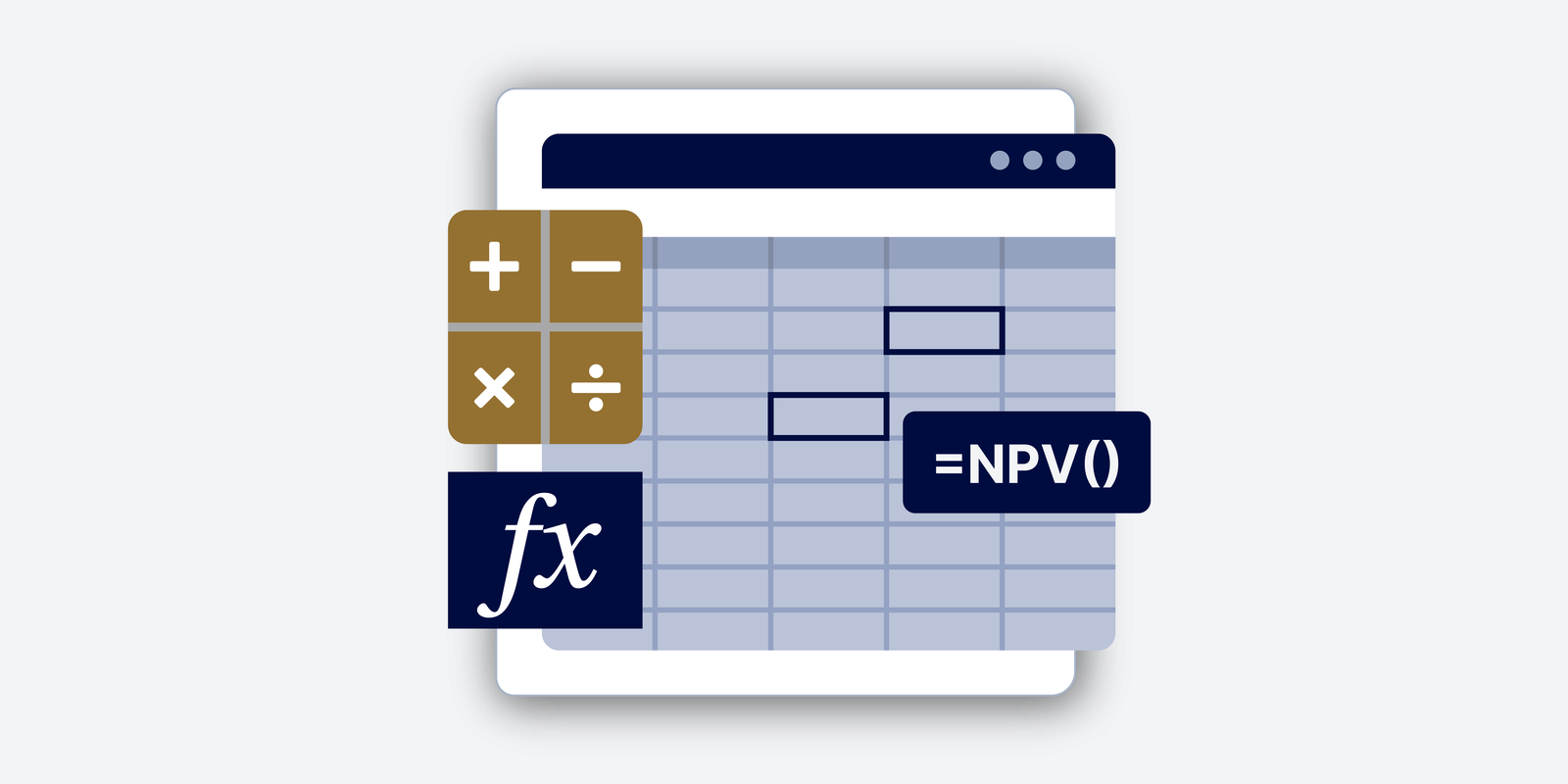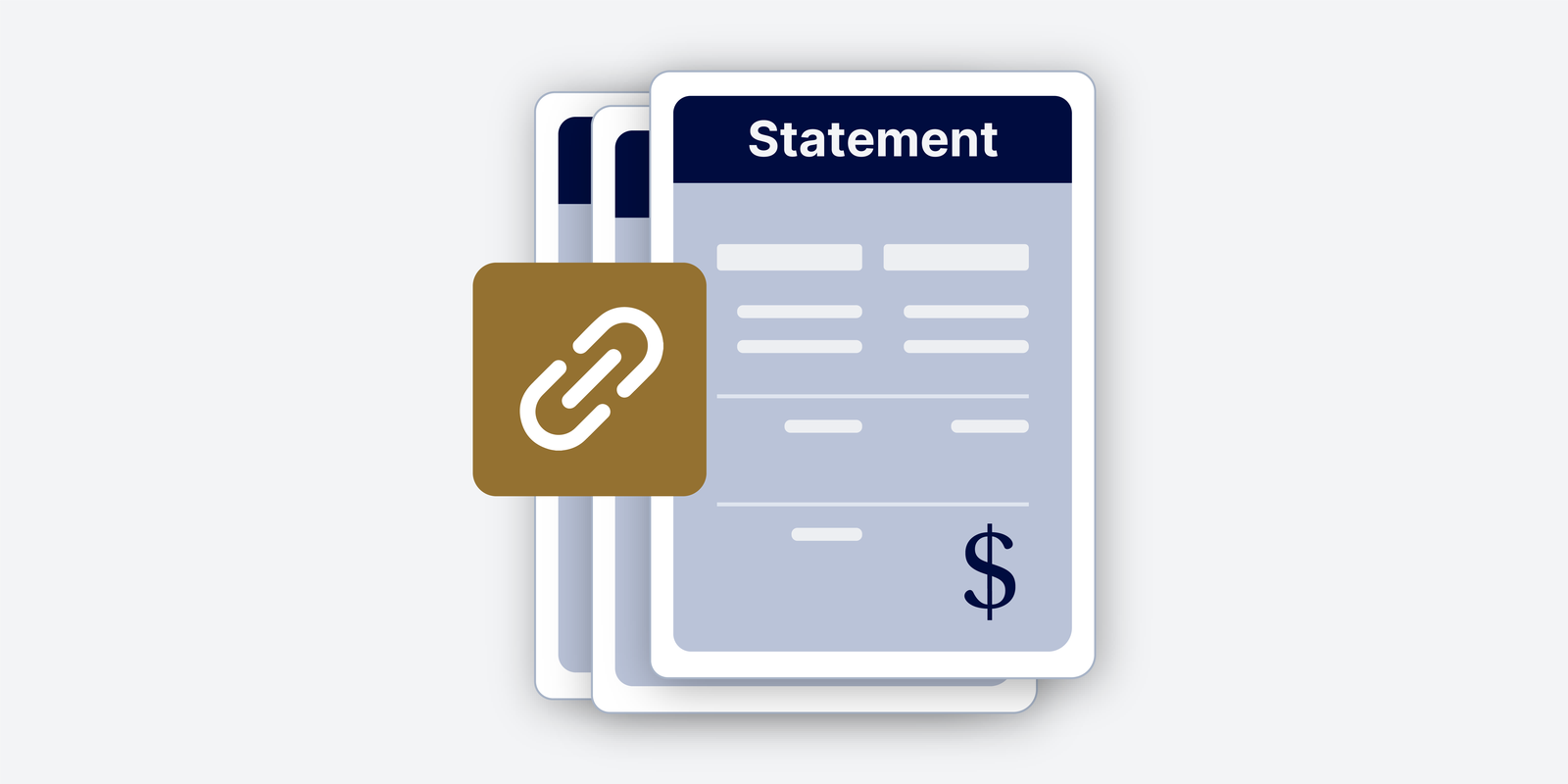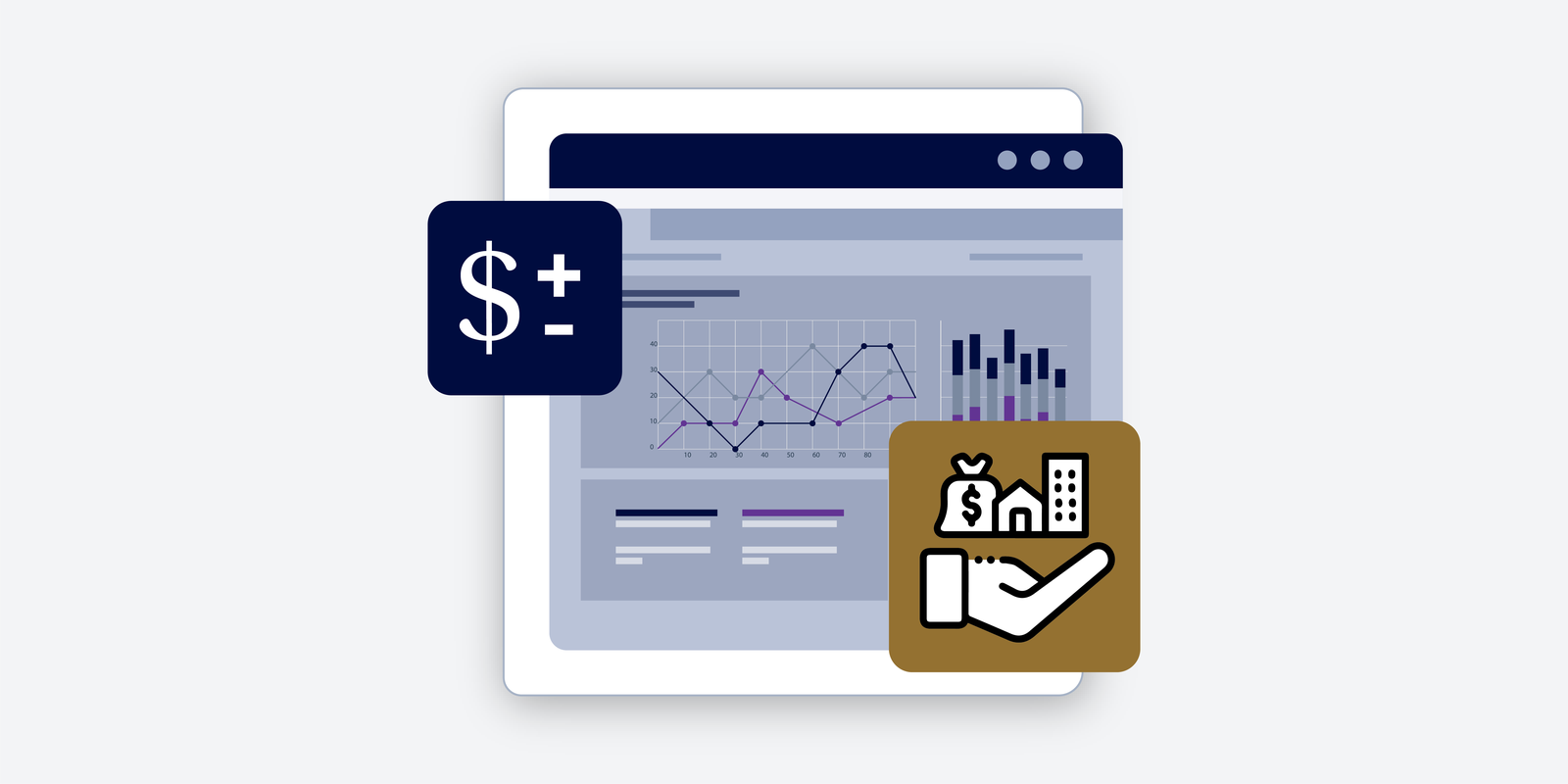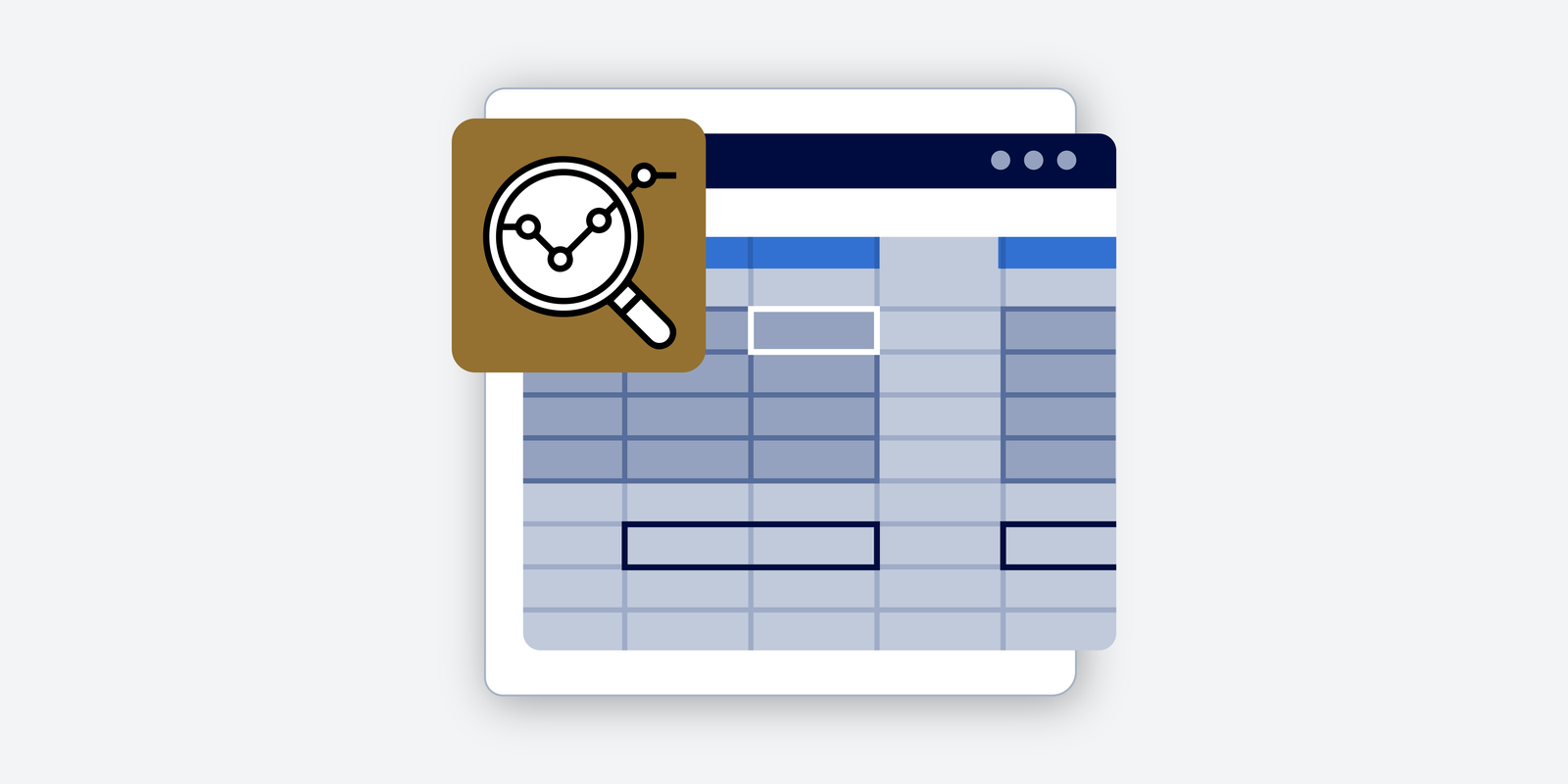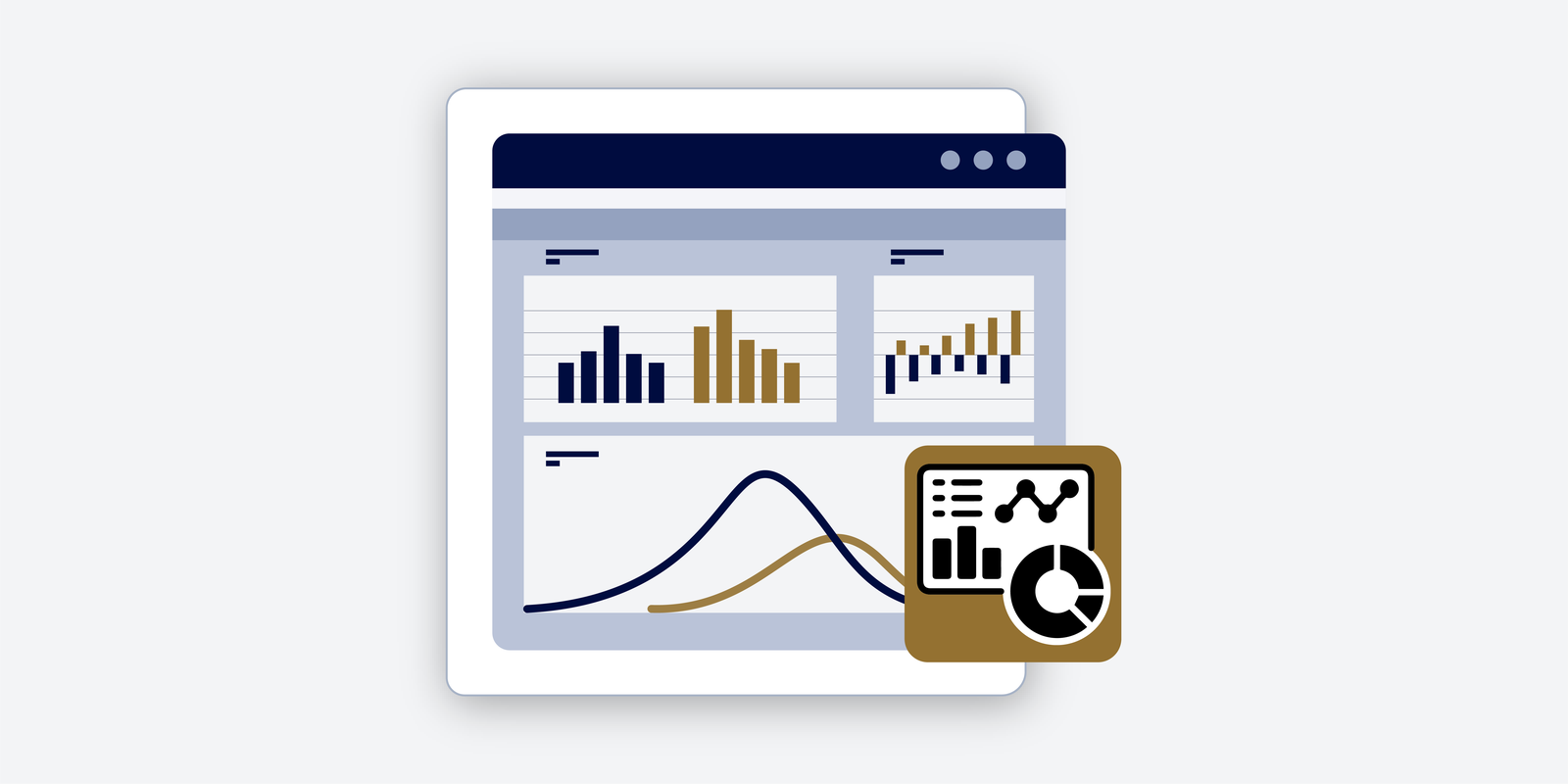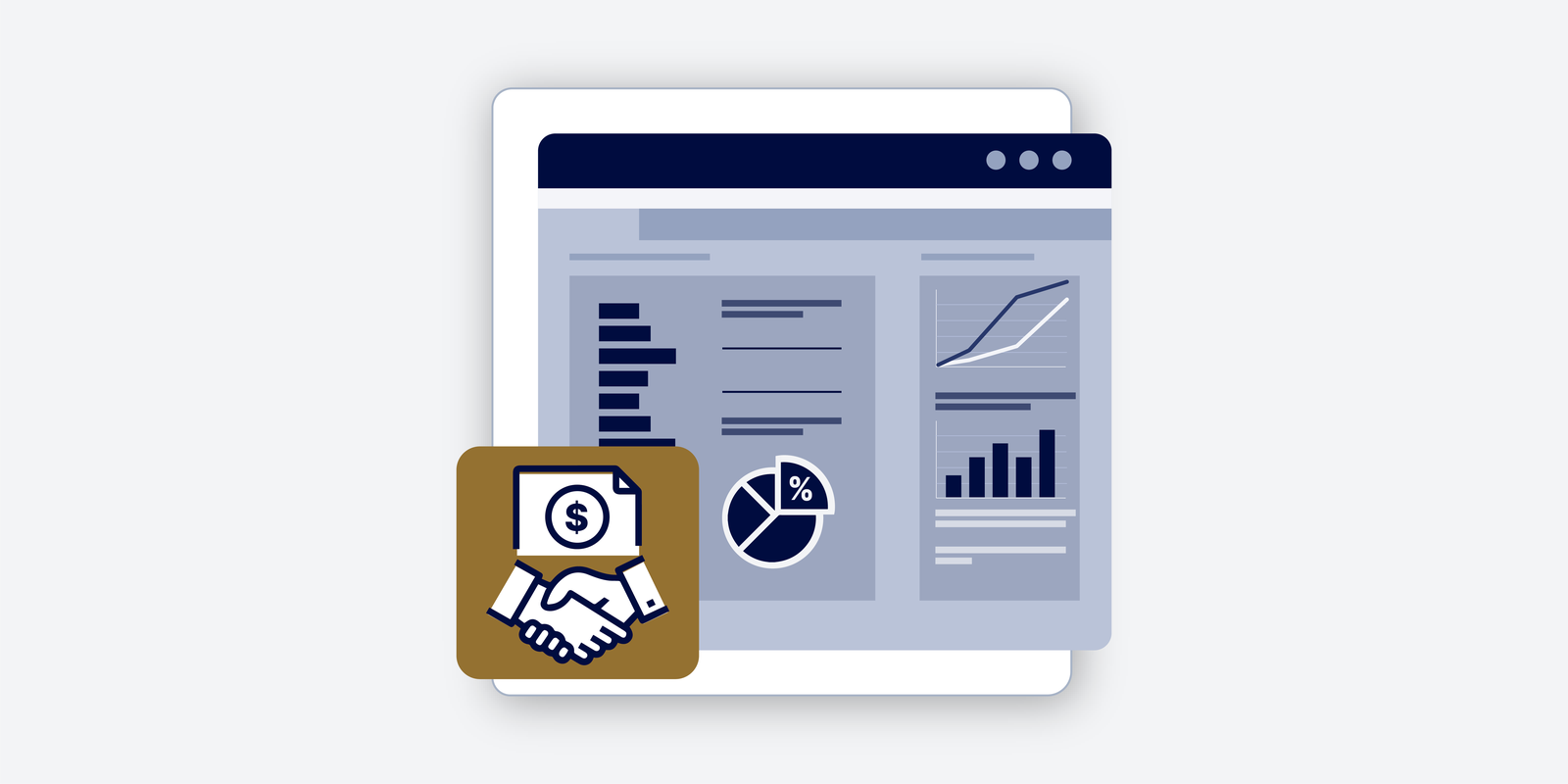Corporate Finance Explained | Corporate Dividend Policy: Payouts and Reinvestment
How Do Companies Decide Between Paying Dividends and Reinvesting Profits?
In this episode of Corporate Finance Explained, we break down the key considerations behind corporate dividend policy and why it’s such a powerful tool for shaping investor sentiment and long-term strategy.
Transcript
Welcome to the Deep Dive. Yeah, welcome, everybody. Today, we’re going to tackle a question that, I think, is really the heart of how businesses operate. What do companies actually do with their profits? Yeah, it’s a really good question. Once they’ve, you know, paid their employees and covered their expenses. Paid their taxes, hopefully. Paid their taxes. What happens to that extra cash? Right. What are their options? Yeah. And that’s where dividend policy comes in. That’s exactly right.
(…)
So today we’re gonna do a deep dive into corporate dividend policy. Okay, sounds good. And I think, you know, this is something that’s relevant for anyone who’s interested in you know, corporate strategy. Yeah. Or the financial health of a business. How to analyze a company, absolutely. So for this deep dive, we’ve, you know, pulled together some really interesting sources. Okay. We’ve got, you know, kind of some of the basic foundational stuff on dividend policy. The nuts and bolts. Exactly. The nuts and bolts. The 101. We’ve got examples of real-world companies with, you know, very different approaches. Yeah, contrasting approaches. To this decision-making process. Right. And even, you know, a bit of a look behind the scenes at how finance teams grapple with these questions. Yeah, the finance team is really at the heart of it. Yeah, absolutely. They’re the ones making these decisions. So I think the mission for us today is to really distill the most important insights from these sources. Okay. Explore, you know, the trade-offs involved and really try to understand what these decisions signal about a company’s strategy. Right. And its future prospects. What they’re thinking about the future. Yeah, exactly. Yeah.
(…)
So to kick things off, why don’t we just, you know, lay the groundwork here? Okay, sure. What exactly is dividend policy? So at its core, dividend policy is basically the framework that a company uses to decide how much of its profits to return to shareholders. Okay. Versus how much to keep in the business to reinvest. And, you know, when we talk about returning profits to shareholders, what are the main ways that companies actually do that? The main ways are either through cash dividends, which are literally just checks or, you know, deposits paid out to shareholders, or through share buybacks, which is where the company goes into the market and uses its cash to buy back its own stock. Okay. So they’re reducing the number of shares outstanding. Got it. So it’s not just about, you know, whether or not to pay out cash. Right. It’s also about, you know, choosing the mechanism for how to do it. Exactly right. Interesting. It’s a multifaceted decision. It seems like these decisions can, you know, really send a strong signal to the market. Absolutely. About how a company views its, you know, its own future. Yeah. It really does. What is it thinking? A company that pays a dividend is basically saying, look, we’re generating consistent profits. Right. We’re confident about the future. We believe in ourselves. We believe in ourselves and we’re willing to share those profits with you, the owners of the company. Uh-huh. And on the other hand, a company that decides to hold onto its earnings and reinvest them in the business might be signaling that it sees even bigger growth opportunities down the road. Okay. That they think they can get a higher return by reinvesting those profits than they could by paying them out as dividends. Interesting. So it’s like this fundamental trade-off. Yeah. It’s a classic trade-off. Between you know, rewarding shareholders in the present. Right. Versus investing for future growth. That’s exactly right. And you see different companies, you know, take different approaches to this all the time. Yeah. I mean, I guess it depends a lot on the type of company. Of course. The industry, its stage of growth. Yeah. Right. Yeah. Absolutely.
(…)
So, do you have any examples that come to mind of companies that have, you know, sort of famously taken one side of this trade-off versus the other? Yeah, absolutely. Okay. So, a really classic example of a company that prioritizes dividends is Coca-Cola. Okay. Yeah. It makes sense. You know, they’ve been paying dividends for over a hundred years. Wow. And they’ve actually increased the dividend every year for, I think it’s like 60 years in a row. Oh, that’s incredible. So it’s this really core part of their identity. Yeah. And a key way that they attract and retain shareholders. I guess their business is pretty stable, right? Yeah. They’re a mature business with very predictable cash flows. They sell a lot of soda. They sell a lot of soda all over the world. Yeah. So they have this consistent stream of earnings, and it makes sense for them to return a significant chunk of that to shareholders. Yeah. Makes sense. So, on the other end of the spectrum, who comes to mind? Well, for a long time, Amazon was the poster child for their reinvestment strategy. Okay. Yeah. I remember that. You know, for years they didn’t pay a single dividend. Wow. They were all about plowing every dollar back into the business, building out their logistics network, investing in cloud computing, expanding into new markets. Yeah. They were just growing so aggressively. Exactly. They were laser-focused on growth, and their bet was that those investments would pay off in the long run. And I guess for their investors, it seems like it paid off pretty well. It did for a long time. I mean, the stock price, you know, went up and up and up. Yeah. So even though they weren’t getting any dividends, those early investors were rewarded through the appreciation in the stock price. Makes sense. And I guess Tesla’s been another company that’s followed a similar playbook. Yeah, absolutely.
(…)
Tesla’s another great example. Yeah. They’ve been pouring money into R&D, battery technology, scaling up their manufacturing, global expansion, all that stuff. Yeah. And so far, they haven’t paid any dividends either. Interesting. But again, their stock price has reflected that growth, investors are betting on their long term potential. So it really highlights that, you know, trade-off between short-term rewards and long-term growth potential. Exactly. And it’s not an easy decision for companies to make. It really comes down to how they view their own opportunities. Their cost of capital. Yeah, the cost of capital, all those factors. Yeah. Okay. So let’s talk about a concept that I think is really helpful for, you know, kind of quantifying this whole discussion. Right. And that’s the dividend payout ratio. Yeah. So, what exactly is the dividend payout ratio? So the dividend payout ratio is simply the percentage of a company’s net income. Okay. That gets paid out as dividends. Right. So if a company earns $100 million in profit and they pay out $60 million in dividends, then their payout ratio is 60%. Okay. So it’s basically just a way to see, you know, how much of the profit is going back to shareholders versus how much is staying within the business. Yeah. It gives you a quick snapshot of their dividend policy. And is there like a magic number?
(…)
I wish there was. So this ratio? It would make things a lot easier. Yeah. But unfortunately, there’s no one-size-fits-all answer. Yeah. It really depends on the company, the industry, the growth prospects, all those things. So could you give us some examples of maybe typical payout ratios for different types of companies? Yeah. So, you know, as we were talking about before, mature stable companies, utilities or consumer staples companies. Yeah. Those companies often have higher payout ratios, maybe in the 60% to 80% range, because they have these stable, predictable cash flows. Right. They don’t need to reinvest as much for growth. Makes sense. And so they return a larger portion of their earnings to shareholders. Yeah. I guess those investors are probably looking for that income. Exactly. They’re often income-oriented investors who rely on those dividends for, you know, retirement income or whatever it might be. Makes sense. And then on the flip side, what about those, you know, high-growth companies that are really reinvesting heavily? Well, those companies might have payout ratios of zero. Zero. Or very close to zero. Okay. They’re basically saying, we’re going to put every dollar back into the business to fuel that growth. Yeah. And that’s where all the value is going to be created. It’s all about the future. Yeah, exactly. And I guess it’s not just about the growth rate. It’s also about, you know, how effectively they can reinvest that cash. Yeah. It’s about the return on invested capital. Yeah. And, you know, the finance team plays a big role in analyzing that. Okay. They’re looking at the company’s free cash flow, which is the cash that’s left over after all the necessary investments. Right. They’re forecasting future capital expenditures. Okay. And really trying to model out what the optimal payout ratio should be. Interesting. It’s a complex process. Yeah. It sounds like it. But it’s really important.
(…)
So we’ve talked about dividends quite a bit. Right. But you mentioned earlier that stock buybacks are another tool. Right. In the corporate finance toolkit. Yeah. Share buybacks are a big deal. So, can you remind us, you know, how do stock buybacks actually work? Yeah. So with a stock buyback, the company basically goes into the market and uses its cash to purchase its own shares. Okay. And those shares are then retired. So they disappear. Essentially. Yeah. They disappear. Interesting. They’re no longer outstanding. So what’s the rationale behind doing that? So there are a few reasons why companies might choose to buy back their stock. Okay. One reason is that it can increase earnings per share.
(…)
Okay. How so? Well, because you have the same amount of earnings, but fewer shares. Right. So each share represents a bigger slice of the pie. Makes sense. It’s simple math. Yeah. Another reason is that it can signal confidence to the market. How so? Well, if a company is willing to buy back its own stock, it’s basically saying we think our stock is undervalued. Okay. We think it’s a good investment. And that can boost investor sentiment. And I guess it’s also a way to return cash to shareholders. Right. Without having to commit to like a regular dividend. Yeah, exactly. It’s more flexible than a dividend. Yeah, that makes sense. And we’ve seen some, you know, really big companies. Oh, yeah. Use buybacks pretty aggressively. Absolutely. I mean, Apple, Microsoft, those are some of the biggest buyback companies out there. Yeah. I mean, they’ve returned, you know, billions of dollars to their shareholders this way. It’s enormous amounts of money. Yeah. And it’s become a very popular way for companies to manage their capital. But there’s also been some, you know, pushback against buybacks. Right. There’s definitely been some controversy. Yeah. Some people argue that buybacks can actually hurt long-term investment. Okay. So, you know, that companies are basically using their cash to boost their stock price instead of investing in, you know, new products or R&D or, you know, their employees. Okay. So, it’s kind of this ongoing debate. It is. About, you know, the best use of corporate cash. Yeah. And there’s no easy answer. Right. It really depends on the specific circumstances of the company. So, beyond, you know, kind of the internal dynamics of the company. Right.
(…)
What are some of the external factors that can influence dividend policy? Well, one factor that definitely comes into play is taxes. Okay. You know, different countries have different tax rules. Right. Around dividends and capital gains. So, that can definitely affect how companies think about, you know, dividends versus buybacks. So, could you unpack that a little bit for us? Yeah. So, in some countries, dividends are taxed as ordinary income. Okay. For the shareholder. Uh-huh. Whereas, capital gains, which is the profit you make when you sell a stock. Right. Might be taxed at a lower rate. Okay. Or the tax might be deferred until you actually sell the stock. Interesting. So, that can make buybacks more attractive from a tax perspective. Because you’re essentially deferring that tax liability. Exactly. Until you sell those shares. Right. Makes sense. Okay. So, beyond taxes, what else? Well, another really important factor is signaling. Okay. Yeah. We touched on this a little bit earlier. We did. But could you explain what exactly we mean by the signaling effect? So, when a company announces a dividend or a change in its dividend policy, it sends a signal to the market about its financial health. Right. And its future prospects. So, for example, if a company initiates a dividend or increases its dividend. It’s usually seen as a positive sign. Right. It suggests that the company is confident about its future earnings. They’re willing to share those earnings. Exactly. They’re putting their money where their mouth is. Yeah.
(…)
On the other hand, if a company cuts its dividend, that’s often interpreted as a sign of trouble. Okay. It might suggest that the company is facing some challenges or that its earnings are not as strong as they once were. So, it can really spook investors. Yeah. It can definitely lead to a drop in the stock price. Makes sense. And then, I guess, another factor that plays into this whole signaling game is investor expectations. Right. Because different investors have different preferences. Yeah. You know, some investors are really focused on income. Right. They want those steady dividend checks. Right. And they’re willing to accept maybe a lower rate of growth. Oh. Other investors are more growth-oriented. They’re willing to forego dividends in the short term because they believe that the company is going to reinvest those earnings and generate even bigger returns down the road. Okay. So, it’s really important for companies to understand who their shareholders are. Absolutely. What they’re looking for. And what their expectations are. Yeah. Because ultimately, those are the people that they’re accountable to. That’s right. Okay.
(…)
So, we’ve talked about kind of the big picture of dividend policy. Right. But I’m curious to get a sense of how these decisions actually get made inside a company. Okay. What’s the process like? So, the finance team really plays a central role in this whole process. Okay. Whether it’s the FP&A team, the controllers, or the CFO. Right. They’re the ones who are crunching the numbers. Right. Running the models. Yeah. And ultimately making recommendations to the board of directors. Okay. So, what are some of the key things that they’re looking at? Well, one of the most important things is forecasting free cash flow, which, as we discussed earlier, is the cash that’s left over after all the necessary investments in the business. Right. So, they’re looking at historical trends, industry benchmarks, and their own internal projections. Thanks, sense. To try to get a sense of how much free cash flow the company is likely to generate in the future. Okay. So, they’re basically trying to figure out how much cash is actually available to potentially return to shareholders. That’s right. Okay. And then beyond free cash flow, what else? Well, they’re also looking at the company’s capital structure. Okay. Which is basically how much debt the company has versus how much equity. Okay. Because that can affect its financial flexibility and its ability to pay dividends or buy back stock. So, if a company has a lot of debt, it might be more constrained in terms of… It might have less room to maneuver. How much it can return to shareholders. Exactly. Because it has to make those debt payments. Right. Those interest payments. Yeah. Okay.
(…)
And then beyond those kind of financial considerations. Right. Are there other things that the finance team is thinking about? Yeah, absolutely. They’re also thinking about the company’s strategic goals. Okay. Its investor profile. Right. And its long-term vision. Yeah. It’s not just about the numbers. It’s not just about the numbers. It’s about the big picture. Right. So, they need to collaborate with other parts of the organization. Yeah. To make sure that the dividend policy is aligned with the overall strategy. Right. And that it’s communicated effectively to the investment community. Yeah. It’s a complex decision-making process. It is. But it’s clearly a very important one. It is. So, I think for our listeners today, if there’s one thing to take away from this deep dive, it’s that a company’s dividend policy is not just some random financial decision. Yeah. It’s a reflection of its core strategy. Yeah. Its priorities. Absolutely. Its outlook for the future. And it can tell you a lot about the company.
(…)
Yeah. It’s definitely something worth paying attention to. It is. So, as you’re researching companies, Right. Thinking about investments. Yeah. Don’t just look at the dividend yield in isolation. Right. Think about the broader context. Exactly. The company’s history. It’s financial health. Yeah. Its growth prospects. All of that. All those things. It all ties together. Yeah. And think about whether the company’s approach to dividends and reinvestment aligns with your own investment goals. Yeah. Good point. And your own understanding of the business. Absolutely. That’s a great takeaway. So, I hope this deep dive has given you some food for thought. Yeah. Me too. And some new insights into the world of corporate dividend policy. It’s a fascinating topic. It is. And it’s always evolving. Yeah. Absolutely. So, thanks for joining us. Yeah. Thanks for having me. And we’ll see you next time on The Deep Dive. See ya. Bye.
